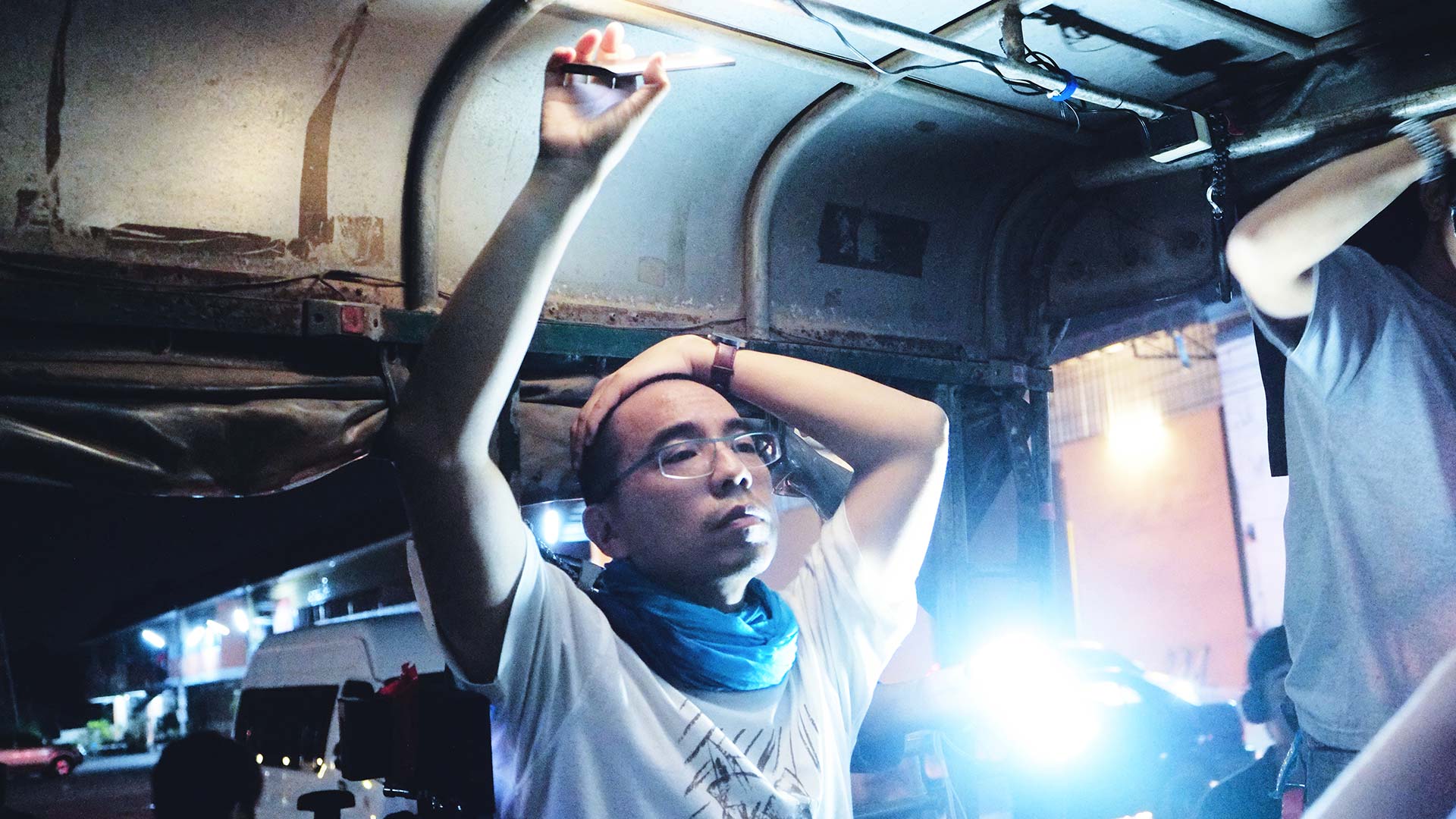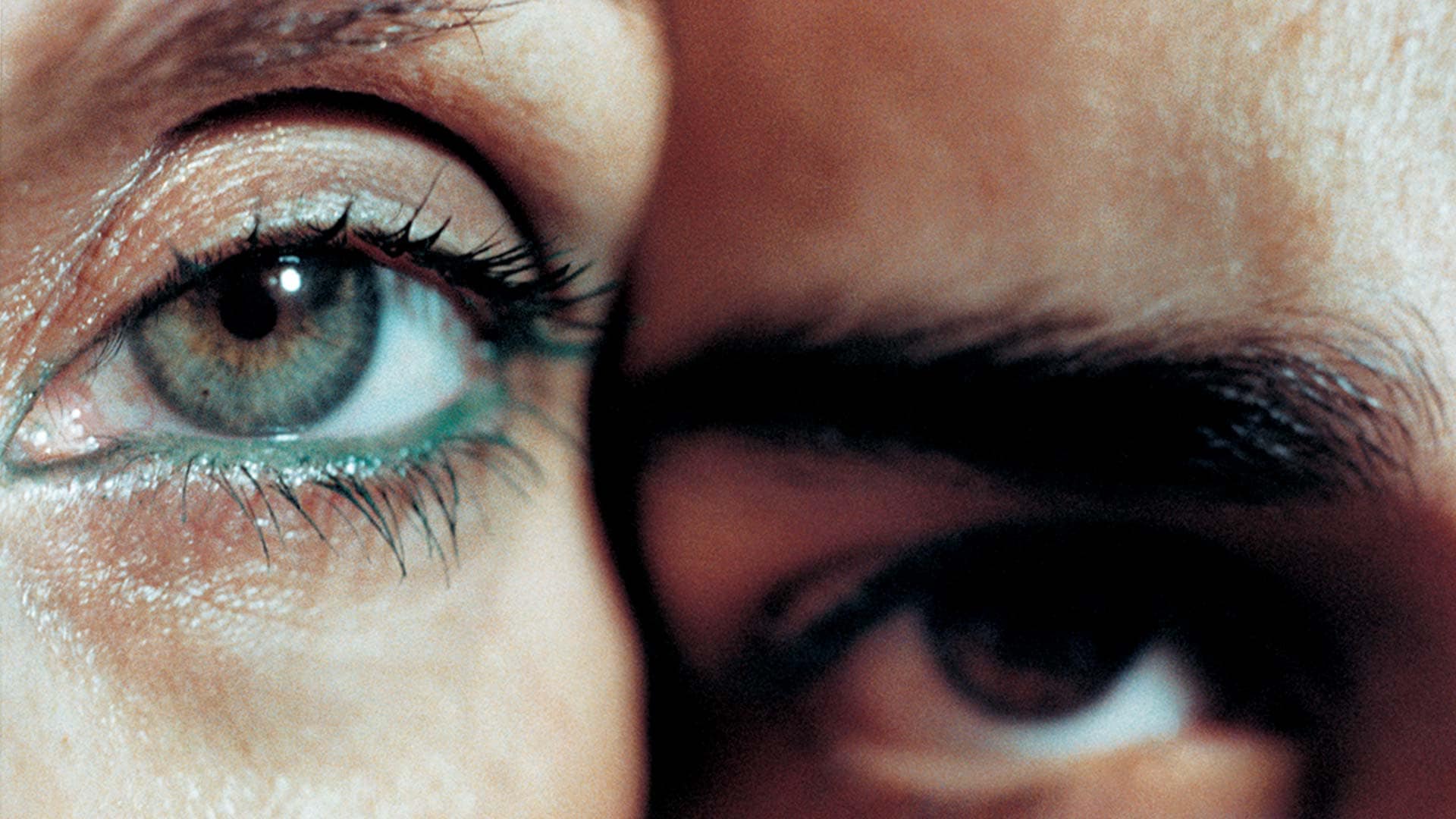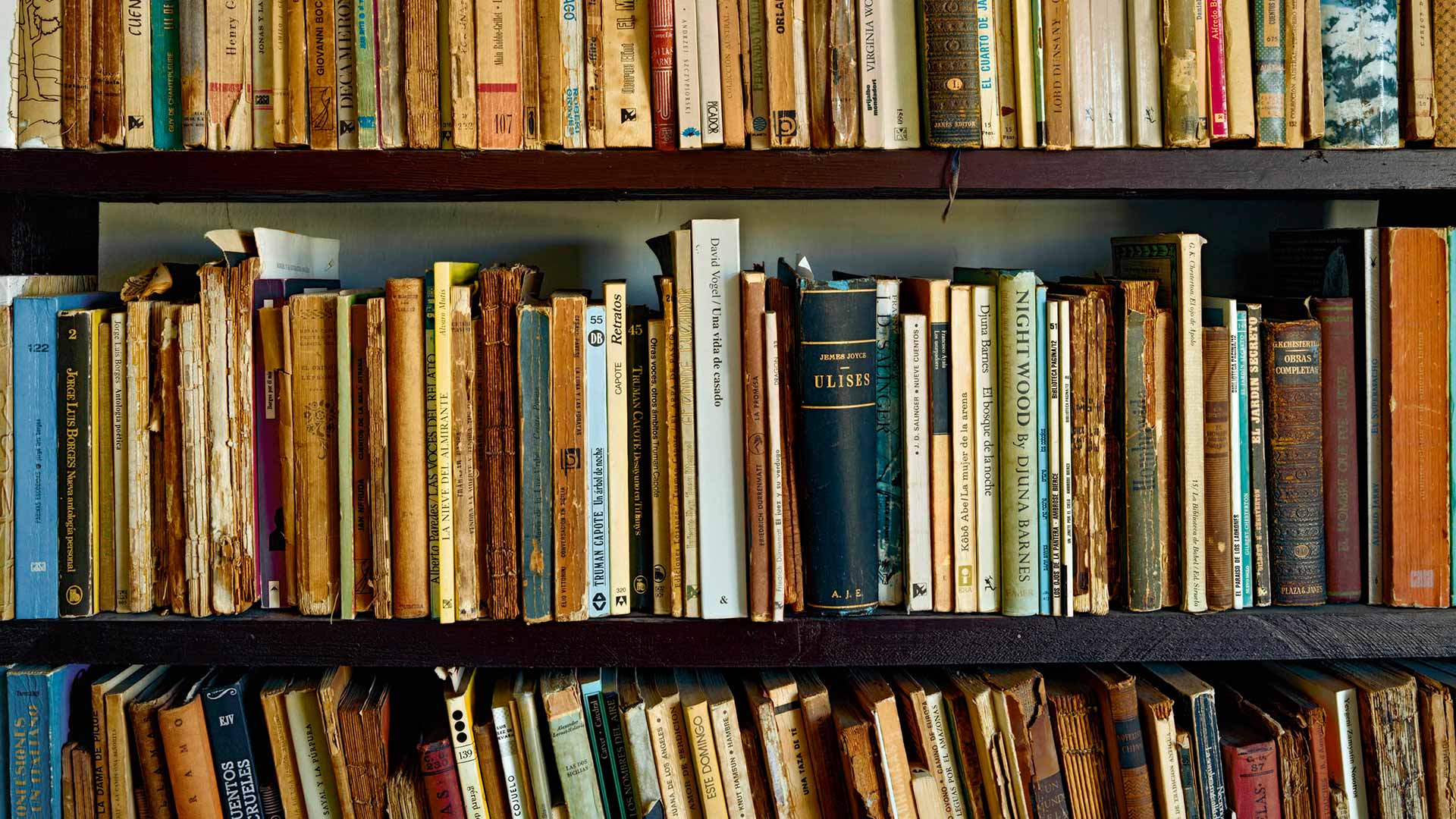The taxi sliced through the darkness, the hills rising up in the glare of the headlights, another love song playing on the radio. But brother, there’s nothing to see in Kon Tum, my driver said, turning his cratered moon of a face to me. He had a point. Kon Tum is not a popular tourist destination. You went only if you had family who lived there, or if you were one of the hundreds of thousands of soldiers—American or North and South Vietnamese—who had served and fought there. Kon Tum province, which shares a border with Cambodia and Laos to the west, was criss-crossed by routes along the Ho Chi Minh Trail and, in the spring of 1972, was the site of one of the bloodiest and most decisive battles of the war. I did not go to Kon Tum to scour haunted battlefields for rusty souvenirs or to contemplate the sorrow of hills scarred by carpet-bombing and chemical warfare. I wanted instead to populate the place with memories and images that were mine, even or especially if they bore little relation to what happened there before. And after days of nonstop drinking and yakking with writers at an international poetry festival in Hanoi and Saigon, I also wanted to go somewhere remote and be alone. I was born in Kon Tum in 1980, I told my taxi driver. My father’s family lived in Kon Tum during the Seventies, moving there from Đà Nẵng when my grandfather opened a small jewelry shop downtown. My father was a Navy officer during the war. After ’75, he was sent to a reeducation camp for four years. Late ’81, we escaped by boat. I was too young to remember anything. My driver had an uncle who escaped by boat, too, he told me, who now lived in a place called Ohio. As for himself, he had been a taxi driver for more than ten years, a married man for two, and was the proud father of a ten-month-old daughter. We spoke in Vietnamese, with me trying to resuscitate a language long in disuse. The three times I had been back to Vietnam before, in 1999, 2004, and 2008, were all trips made with family, for family. This time—nearly ten years later—I gave my parents clear instructions: Do not tell any of our relatives in Vietnam about my trip. I planned to retrace the route of my family’s escape from Vietnam, back to Bidong, the Malaysian island where our boat made landfall after ten days at sea. If I could just get myself to that antique island, comb the sands of its beaches, my body would surely turn up some lost metal, some long-repressed refugee memory. I would meet myself, a writer returning to the country of his birth with visions of a vision quest, then pen a few lines of poetry written upon the colossal wreck and all that lone and level sand. The more I envisioned and talked about it, the more absurd I felt. The festival ended and I had no boat, no boatman to take me to my island, so I abandoned the endeavor. Instead, I took an evening flight from Saigon to Pleiku, then a taxi forty-five minutes north through the Central Highlands, heaven and earth pitch black. * * * A breeze floated up from the banks of the river. The sun lay burning on the water, on the sidewalks, on all the surfaces of the morning. Waking up under clouds of doubt and dread, alone in a hotel room made for sex, I wanted to stay in bed. But I was in Kon Tum; I might as well look around. A motorbike pinballed slowly through the vacant roundabout and spun away across the bridge. I followed the river, the tranquil water coated in a metallic sheen, flowers and trees growing along the banks. I had no names for them in Vietnamese, only the words tree, flower, petal, leaf, tendril, bough, branch, pistil, stamen. Bạch Đằng Street turned into Nguyễn Huệ Street. I came upon Tân Hương Church, in a large marble square surrounded by a well-kept garden. Jewellike dragonflies zipped back and forth across the green maze. Resting atop one of the hedges was an olive-green Army hat. I stood in front of the church puzzling over the two scenes depicted in colorful and dramatic relief above the entrance. A Roman soldier on horseback, sporting gladiator sandals, an aquiline nose, a full beard, and a helmet that came to a point. He looked gravely out of place, flung into a far corner of the empire. Standing barefoot next to the man and the horse was a shirtless supplicant—maybe Jesus? The horse’s bewildered expression suggested it wanted nothing to do with either man. The other scene featured a martial angel wearing a breastplate, stepping on a large half-snake half-dragon serpent, and brandishing a blunt sword, its chalky wings unfurled as if ready to fly. Tân Hương looked like a pastel-salmon version of the Lutheran church where I spent so many of my Sundays growing up in River Falls, Wisconsin. My family was sponsored—or, as I tell people, abducted—by Lutherans. Going to church every Sunday was part of our Americanization, what everyone did in our town. Now I wished I had paid more attention in Sunday school so I could read these mysterious signs. Schoolchildren were appearing on the streets, all of them dressed like scouts in blue-and-white uniforms and headed in the same direction. They passed in ones, twos, and threes. Three girls walking shoulder to shoulder formed a small wall, their too-big backpacks sashaying after them. Two boys went by on a bike, one pedaling, the other perched on the rear rack, facing backward. I nearly tripped over one boy, barefoot and disheveled, white school shirt untucked, sitting alone on the sidewalk absorbed in scratching letters on the pavement with a stick. * * * I turned left on Trần Hưng Đạo Street, named after a thirteenth-century military strategist. I remembered him from my father’s abridged oral histories and enforced summer homeschooling. Worried our brains would rot from play and heat, he devised lesson plans in various subjects. And so I read about this legendary Vietnamese leader who had repelled not one but two Mongol invasions in the 1280s through guerrilla tactics such as planting stakes in shallow water and luring the enemy by retreat. My mother took pity on me and my siblings, and after we showed her an acceptable amount of work she would set us free to run wild outside. * * *
Inside the city another city sprang up each morning and was dismantled each night. This was the marketplace. Fish were floating in shallow pools of their own blood. An elegantly dressed woman chopped up the skinned corpse of a dog, small dogs’ heads on wooden stakes advertising the meat. A bustling florist’s sold only plastic flowers. Racks of clothing ruffled like colorful flags with no allegiance. In the faces of the women of the market I thought I saw my mother before she was my mother—the vegetable vendor weighing bitter melon on a scale, the carver of beautiful pineapples, the baby-faced pharmacist, the empress of headscarves, the sunflower lady. My mother had once been one of them, buying and selling whatever she could during the postwar years. Gone were the days of being a schoolteacher. She wasn’t going to let the new authorities assign her to teach lies in some no-name village far from her family. My mother continually circles back to the day when the roof of the marketplace collapsed. It was a day like any other, buying and selling all morning, returning to her in-laws’ home to prepare lunch and eat with them. She had asked one of the market women she was friendly with to watch her things and take care of her customers. It was no big deal, they often helped one another in such a way; but when she walked back, all was chaos. I imagine everyone was talking about it on the streets—the roof had suddenly collapsed, there was shouting and screaming, the sound of broken things. Where the market once stood, people searched through the rubble and debris, cursing their fate. Most of the goods were ruined and many people were injured, including her friend, but luckily no one was killed. I could have been there, I could have died is the odd ending my mother sometimes gives to the story, lending it an air of fiction as she casts herself as a possible sole fatality. * * * In the heart of the market I thought I might be able to find a piece of the past. But in my waking dream the woman who sold flowers said it was in the valley beyond the mountains. The fishmonger said to go back to the river, to the sea. The seamstress said to ask the silkworm. The man who sold luggage shrugged his shoulders. I was also searching, more practically, for a gift for my girlfriend. I found it in a pink silk robe embroidered with cherry blossoms, imagining the coolness of the fabric like a breath traveling over warm skin. Pleased with my purchase, I asked the merchant lady whether she happened to know where I might find the past, and she smiled and said it was right behind me, pointing over my shoulder at a white building across the street. There were a couple of rooms with hospital beds, but they were empty. I spoke with a nurse who sat at the front desk, alone, as if she had been there waiting for me the whole time. It turned out the past had moved away to a city on the coast, where you could swim in the sea every day. * * *
There was still something I wanted to do before day turned to dark. Almost immediately, as if summoned by telepathy, a burly, bearded man with a large, gentle face pulled up beside me on an old, dusty Honda and asked where it was I wanted to go. I showed him the picture of the place on my phone, just in case he misunderstood me, and he said he knew it well and would take me. It was seventeen kilometers outside Kon Tum up National Route 14. We drove back through the city until the city disappeared, the many smaller streets turning into the lone highway snaking up into the hills. We overtook children returning from school, some walking on the side of the highway, others pedaling slowly on bicycles too tall for their short legs. We ourselves were overtaken by speeding trucks and cars headed somewhere with their mysterious cargo. My face in the circle of the side-view mirror looked like that of someone familiar, an estranged friend seen for a second in the window of a train flashing by. The road rose and curved around the green mountain like a black river carrying secrets. Where the road leveled off before the final ascent, we slowed down and came to a stop. A set of stone stairs led up to the imposing war memorial erected to commemorate the North Vietnamese dead. This was Điểm Cao 601, sometimes called Skull Hill. Directly across the road, there was a small makeshift shrine to remember the other side. Sand and ashes filled a small urn. The jagged ends of spent incense sticks and cigarettes made a curious burned forest of prayers. A thin vase of yellow chrysanthemums. A couple of empty whiskey bottles. A fake jade figurine of a fairy princess with hair painted black. A set of small teacups and a dusty kerosene lamp. Two unused bundles of incense sticks. Carved into a marble plaque in Vietnamese calligraphy was the phrase “Đồng Sanh Lạc Quốc,” which can be read as “We were born in the same country” and can also mean “We were born and we lost the country.” I shook out a few incense sticks and made a little flame. My prayers were spoken in a dead tongue, indecipherable to me, and went up in smoke as soon as they left my mouth. * * * Over a year later, I’m visiting my parents in Lawrenceville, Georgia, where they have decided to retire after thirty years in Wisconsin. Sitting with them at the kitchen table, I want to fill certain gaps in my knowledge of their Kon Tum years, apart and together. I pull Kon Tum up on Google Maps. My father keeps telling me to zoom out, make the territory bigger, so he can get a better sense of the layout. Even though she spent more time there, my mother looks on as if staring at a map of another planet. Here is where Grandpa lived, my father says, and here is the hospital where you were born. Here is where Grandpa’s jewelry shop was located—on Trần Hưng Đạo, though back then it was called Lê Thánh Tôn. I had walked right past it. From the shop, you would have been able to see the house.
My father starts talking effusively about the road trip through the Central Highlands he and his brothers made, just last year, stopping at the old haunts in Kon Tum. Somehow I had forgotten this, or simply failed to ask about it. They also stayed in the hotel by the river. I click and zoom in closer on Điểm Cao 601 up on National Route 14, finding the roadside shrine. It’s just as I saw it, but with more tchotchkes and dried flowers. On the left-hand menu bar, more than 142 photos have been uploaded by travelers who visited the site and spots nearby. One of these people has the same name as my mother, Đa Đoan. At this coincidence my mother looks closer, delighted. * * * On my last morning in Kon Tum, I woke up as if cast ashore on some immaculate beach, parched, dizzy, and lost. From my bed, I saw the wide river and misty mountains in the distance. The river a conveyor belt of clouds. Sitting up and scanning the room, I saw the crumpled waves of the lustrous bedsheets, the white flag of my shirt surrendered to the floor, my backpack sitting on a cream leather chair, the wall of floor-to-ceiling windows that doubled as mirror and mirage, and next to the bed the gleaming glass cage that was the shower. I walked to the windows until the outline of my body, then my face, dissolved into the light, dust, and particles passing through the glass. Hai-Dang Phan is the author of Reenactments: Poems and Translations (Sarabande, 2019). He lives in Iowa City.


